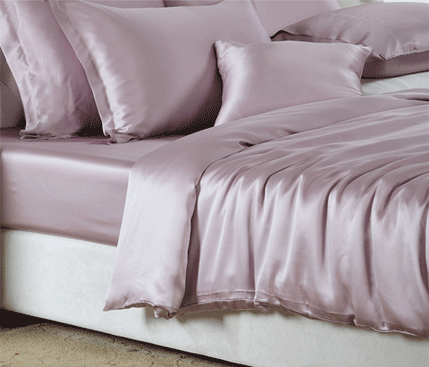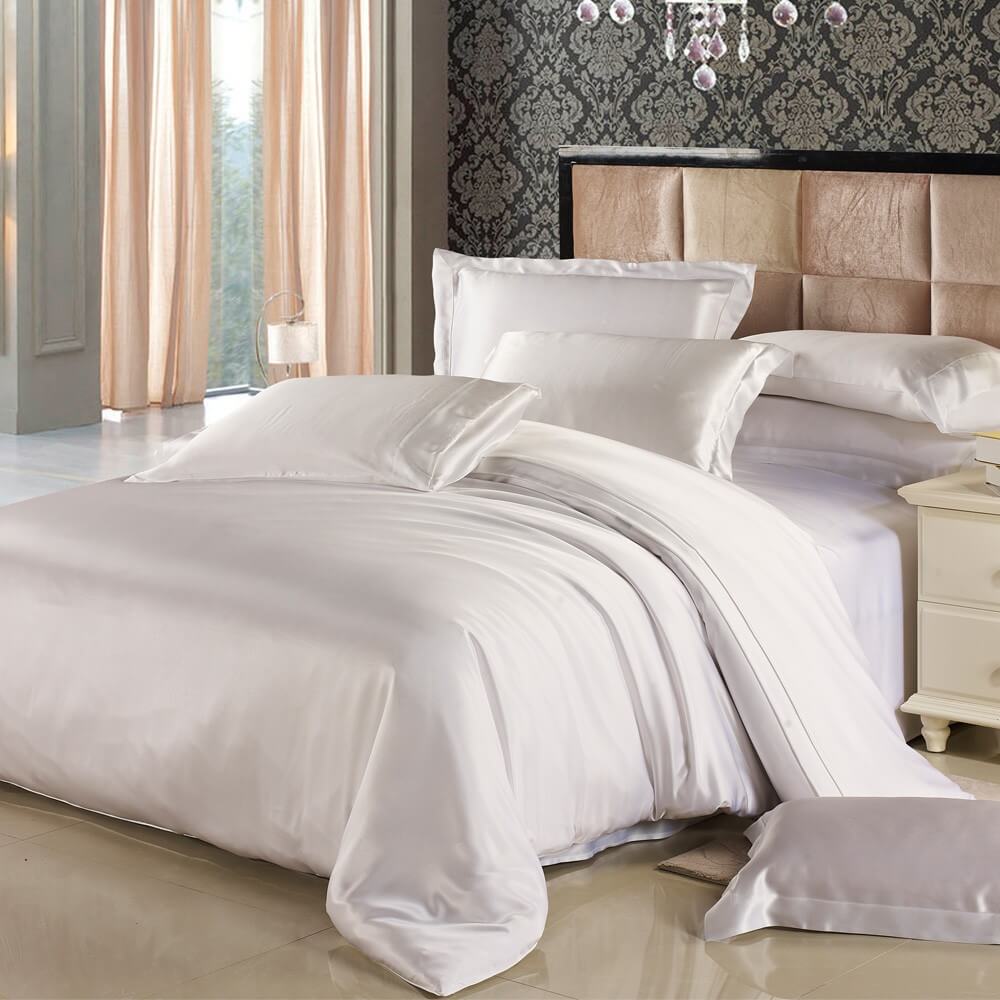How to wash silk sheets?
There are several different ways in which our silk products can be washed, and each has its advantages and disadvantages. We recommend hand-washing to everyone as it is the method that keeps our silk lustrous and “in-shape”, but pick whichever way that suits your needs the best.
HAND-WASH:
For silk products of any kind, hand-washing is the optimal way to clean without causing damage to the material. Proper hand-cleaning can prolong the the life of the silk as well as keep it lustrous even after long periods of usage.
Some tips for hand-washing silk include:
- Use lukewarm water: 30C/86F is the best temperature for silk to be hand-washed in.
- Use mild cleaning agents: We recommend TENESTAR as the brand of specialized silk cleaner agent for our products. Woolite and other mild detergents can also be used but not recommended. Avoid detergents with enzymes, bleaches and brighteners at all cost.
- Rinse with a few drops of vinegar: A few drops of distilled vinegar can help dissolve the alkaline traces (e.g. sweat/soap residue) on the silk. Rinse quickly and don’t oversoak.
Things that should be avoided when hand-washing silk:
- Soaking silk in water for too long: soaking silk in water for too long may cause the silk threads to unwind, causing deformation in the fabric.
- Harsh detergents: avoid any cleaning agents with enzymes, bleach or brighteners, these will make short work of the silk fibers.
- Twisting: Put silk on towel and roll to extract water as twisting too hard can shear silk fibers.
Hand-washing, however, can take a long time, especially if you are washing bed sheets/duvet covers. Another problem is that you need to stay focused for the duration of the wash, as leaving silk in water unattended for too long may cause deformation. Hand-washing multiple pieces of silk is no easy task and requires quite a bit of stamina to complete.
MACHINE WASH:
For those without the time, patience or just physically unable to hand-wash silk, our products can withstand machine-washing as well. Of course, there is more risks involved and certain precautions must be taken in order to minimize them.
Tips for machine washers:
- Use the mildest cycle there is: Most washing machines should have a “delicate” setting. Some machines even have a silk setting specifically for cleaning silk. Do NOT use heavy load settings.
- Use the shortest spin cycle: Spinning can be very dangerous for silk fabric as the forces involved can shear weaker silk fibers.
- Use specialized silk cleaner agents: We recommend TENESTAR as the brand of specialized silk cleaner agent for our products. Woolite and other mild detergents can also be used but not recommended. Avoid detergents with enzymes, bleaches and brighteners at all cost.
- Use protective casing: To best avoid shearing and tearing of silk fibers, it is recommended that you use some sort of cloth casing that could let water through and yet keeps the silk fabric in one piece. A cotton pillowcase or duvet cover should serve this purpose just fine.
- Do NOT forget about your silk: Some people like to throw their load into the washing machine and leave, then forget about the wash completely. If you do this with silk, chances are the silk is going to change shape and lose lustre prematurely as the residue water can cause deformities in the fabric.
Machine-wash tends to be the most practical way to clean silk as it is fast and requires little attention, but in fact you should be even more careful than when you hand-wash, as there are many ways the machine can tear your silk to pieces if you do not treat the wash cautiously.
DRY CLEAN:
For customers who wish to clean their pillows or duvets/comforters, dry cleaning must be used to preserve the structure of the silk floss filling inside. Usually dry cleaners know how to handle your silk, but it should be noted that some dry cleaning agents are highly toxic and carcinogenic, it is recommended that you hang your silk pillow/duvet in a well-circulated area for a day or two after dry cleaning to prevent possible residue fumes harming your health.
Of course, it is also possible that your dry cleaner uses non-toxic dry cleaning agents too, so it is best if you ask before getting your items back.


